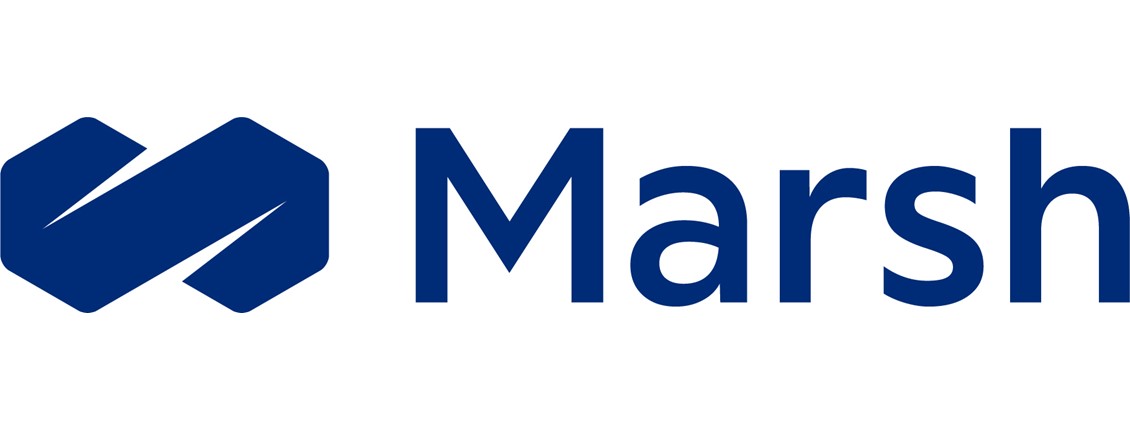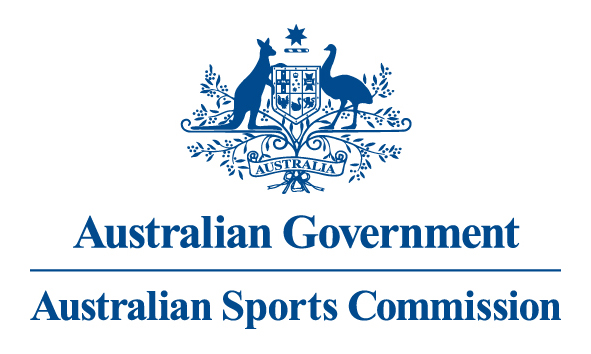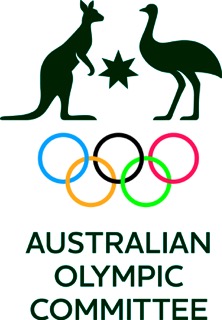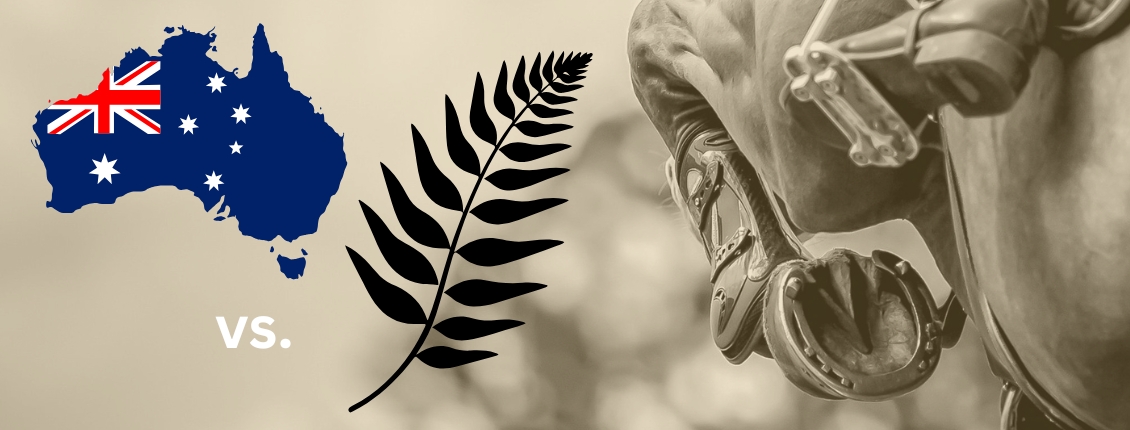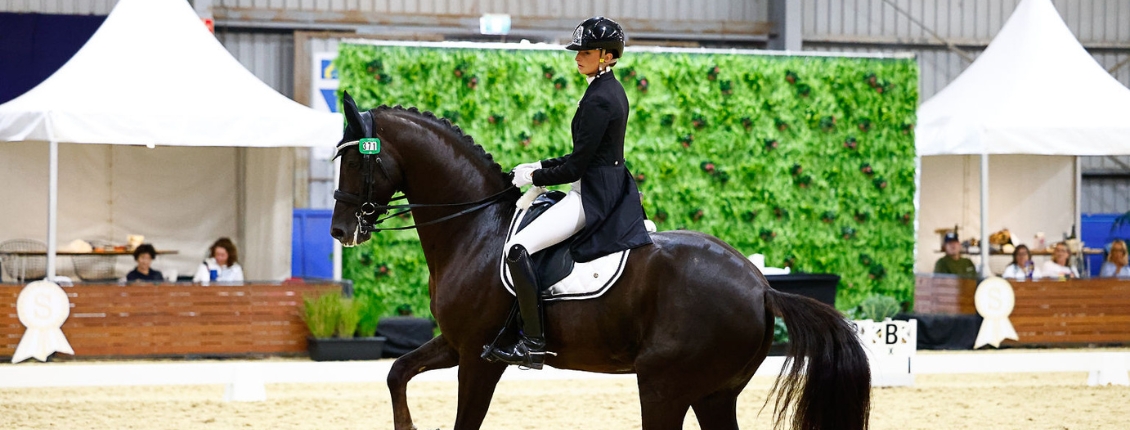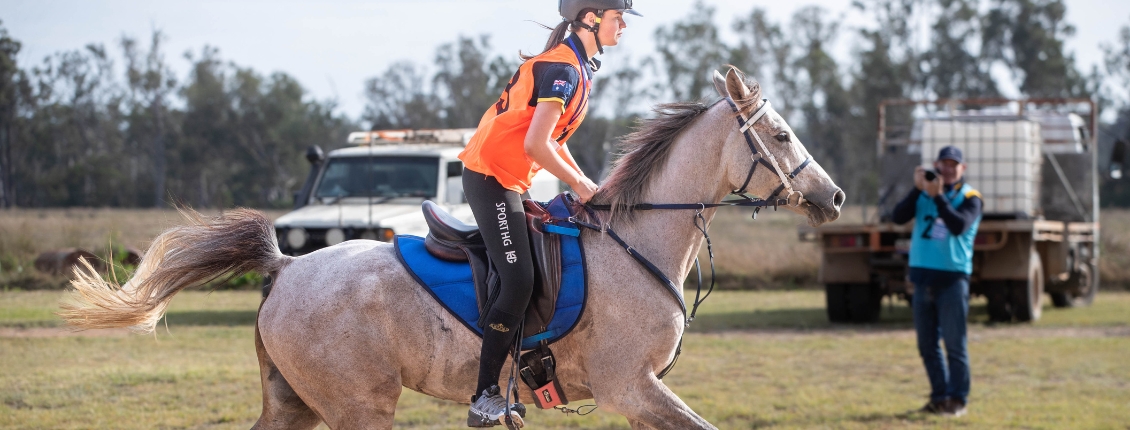
Don’t Sweat the Small Stuff
Why supplement with electrolytes?
Sweat. Not the most glamorous topic but one that is very important to consider when feeding working performance horses. When comparing the composition of human and horse sweat, human sweat consists of a high amount of water and minimal amounts of salts. Minimal salt loss in humans causes an increase in the electrolyte concentration of the blood, which triggers a thirst response. Horse sweat is much more concentrated with electrolytes and contains 28% sodium, 52% chloride, 15.3% potassium 1% and magnesium. Because the heavily sweating horse loses both water and large volumes of electrolytes, blood electrolyte concentration remains constant and the thirst response is decreased. By administering balanced electrolytes to the horse after heavy sweating, we raise salt levels in the blood, thus triggering the thirst response and allowing for optimal rehydration.
So which horses need electrolytes?
All horses that work hard enough to break a good sweat will require electrolytes if they are to recover quickly and rehydrate. Travel and stress can also induce heavy sweating - a horse travelling a few hours to a competition on a hot day may lose up to 25 litres of sweat and if these losses are not replaced, the horse may start the competition already dehydrated. Inadequate electrolyte replacement can result in delayed recovery time after work, decreased overall performance, and an increased risk of muscular conditions and tying up.
When do horses need to be given electrolytes?
The best time to give electrolytes is after hard work or any activity that makes the horse sweat. Preloading electrolytes is a popular practice, however electrolytes are not stored in the body and any electrolytes not needed at the time of administration are excreted in the urine. Expelling these electrolytes takes water from the system, so over supplementing electrolytes prior to a ride can actually dehydrate your horse further. Over supplementing horses with marginal fluid intake can leach precious water from the hind gut reservoir and lead to colic and other dehydration related problems.
What dose of electrolytes should I use?
Some horses sweat more than others, so it’s important to monitor sweat losses to determine how much needs to be replaced, and therefore how much electrolytes to provide. Underestimation of sweat losses can occur on hot dry days due to rapid evaporation from the skin - the horse may dry quickly even though there has been a substantial electrolyte loss.
The rules of feeding electrolytes are as follows:
- Feed adequate salt on a daily basis to match climate and average work/sweating level. From 20g for the maintenance horse in cool conditions to 120g for the hard working horse in extreme heat and humidity. It is also important to take into account salt provided in any premixed feed being fed.
- Judge sweating level after each workout and score the amount of sweat as light, moderate or heavy
- The main electrolytes that are lost in sweat and require replacing through supplementation are sodium, chloride, potassium and magnesium.
- Choose an electrolyte which clearly states how much of each electrolyte is contained, and that these levels match the levels in horses sweat eg.KER Restore.
How should I feed electrolytes?
Electrolytes aren’t the most pleasant tasting supplement, so usually your horse will not eat them by choice. With lower levels of electrolyte you can mix them with a little feed and molasses water, but with higher levels it’s best to mix the electrolyte powder into a paste with water (molasses or apple cider vinegar can be added for flavor) and give them directly as you would a wormer. Alternatively many electrolytes are also available as ready-made convenient pastes that decrease the need to mix your own. Care must be taken when administering large amounts of electrolytes at one time as these can have a corrosive effect on the horse’s stomach. For this reason if choosing an electrolyte paste it is important to select one that contains a stomach buffer to decrease the risk of ulceration occurring. If you need to give more than 60g of a concentrated electrolyte it may be best to give half after exercise, and half a couple of hours later.
Giving electrolytes in the drinking water is not generally recommended unless you can train your horse to drink the entire mixture. Often the horse will not drink the whole amount, and so will miss out on the complete dose of important electrolytes.
Many commercial products contain excess amounts of glucose (dextrose) to sweeten the electrolyte and increase palatability, and some are filled with yeast and vitamins. Whilst these ingredients may be useful, their inclusion means that each scoop contains less electrolytes. KER Restore is an electrolyte supplement with a composition that is similar to horse sweat. This means it replaces the minerals the horse loses in sweat in the correct proportions. Restore is also available in a convenient paste which is contains a buffer to guard against the risk of ulcers. Include Restore in your horse’s diet to successfully replenishes electrolyte levels and provide more of what the working horse needs.
For more information on electrolytes and for general diet advice, contact Kentucky Equine Research on 1800 772 198 or at [email protected]

